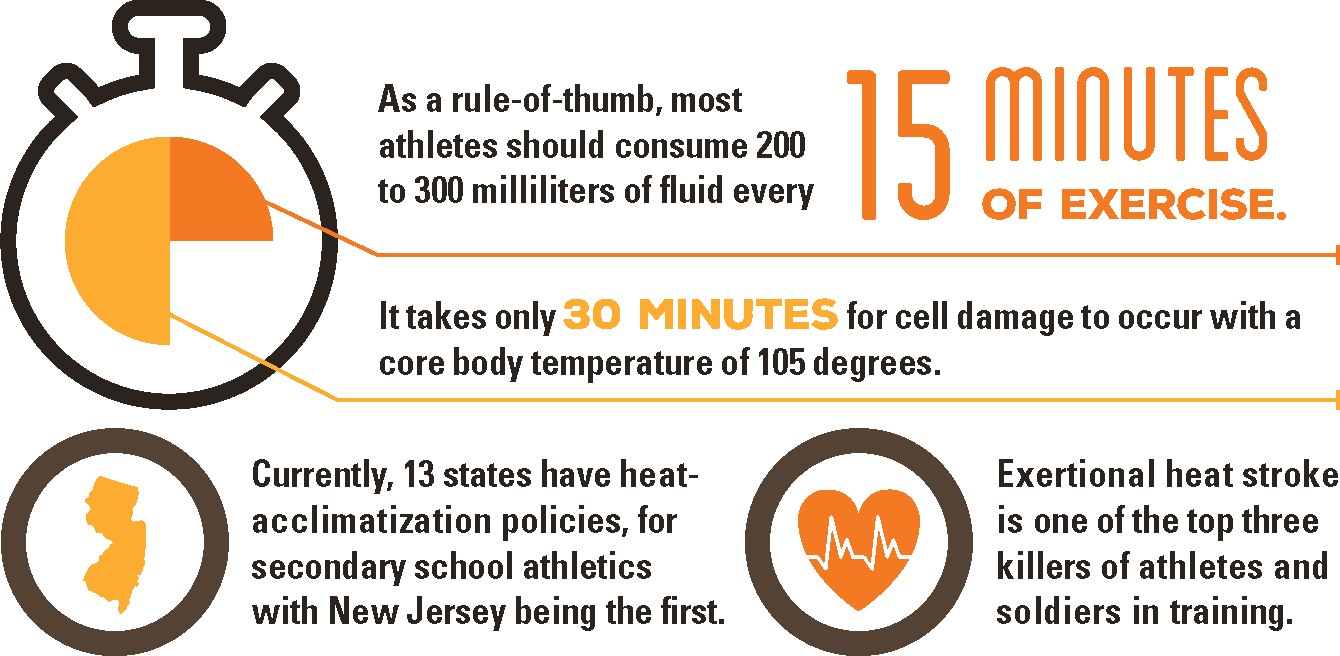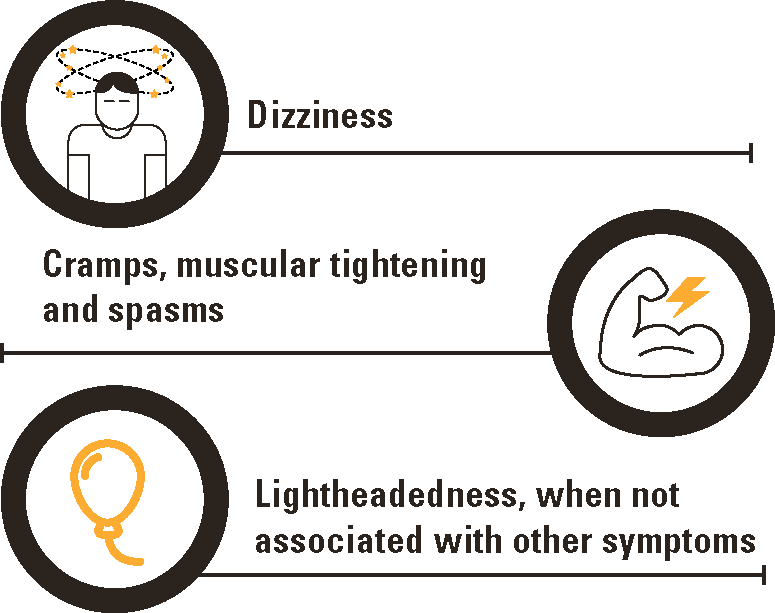Athletic Trainer Corner
Emily Koopam
Athletic Trainer
athletics@damien.edu
(808) 440-9516
Damien Memorial School hires a board certified athletic trainer to ensure the prevention and treatment of athletic associated injuries.
A Certified Athletic Trainer (ATC) has the knowledge on a wide variety of medical problems, and applies evaluation and treatment techniques, while working alongside other health care professionals.
Pre-participation Physical Exams
To ensure the optimal care for your student athlete, an athletic pre-participation examination is required. This can be downloaded from the side bar, “participation requirements”. This tells the ATC if there are any previous medical conditions (i.e. asthma, heart conditions, epilepsy, etc.), so they can properly treat your student athlete in the event of an emergency.
In addition, ImPACT baseline concussion testing is performed every two years (unless there is a concussion), to safely return your student athlete to sport if they get a concussion.
What is a Concussion?
Hawaii Concussion Awareness Program
A concussion is a disturbance of brain function caused by a blow or violent shaking of the head, neck or body. The head does not have to receive a direct blow to result in a concussion, forces can be transmitted throughout the body. Please watch the attached video for more information.
Concussion 101
With more attention being paid to concussions, they’re no longer thought of a simple “bump on the head” or “bell-ringers.” Help keep young athletes protected by better understanding the symptoms, treatment and prevention of concussions.
A concussion is defined as a “trauma-induced altercation in mental status that may or maiy not involve loss of consciousness.*
This can be caused by a bump, blow or jolt to the head or by a hit to the body that causes the head and brain to move quickly back and forth.
Concussion signs and symptoms can appear immediately or not be noticed until days or even weeks after the injury.
How to Remain Safe
on the Field
Make sure all helmets and safety equipment are sport specific, properly fitted and refurbished according to industry standards.
Follow sports safety rules and use proper techniques.
Practice good sportsmanship.
You Have A Concussion – NOW WHAT?
Report symptoms: Tell a coach, parent or athletic trainer if you suspect an athlete has a concussion.
Get checked out: Only a health care professional experienced with concussion management can tell if a concussion has occurred and when it is OK to return to play.
Get plenty of rest: Immediately after the concussion is sustained, rest is recommended. This includes keeping a regular sleep routine and avoiding activities that require a lot of concentration.
Give time to recover: It’s important to allot time to heal. Another concussion sustained while the brain is healing can result in long-term problems or even death in rare cases.
Take it slow at first: After the physician or athletic trainer gives the OK to return to activity, an athlete shouldn't jump in all at once. The athletic trainer will work with the athlete to develop a safe plan for progressively returning to play.
Address concerns: If there are concerns, don’t hesitate to bring them up with a health care provider (athletic trainer, physician, etc.).
Heat Illness
Summer’s high temperatures put student athletes at increased risk of heat illness. There are several types of heat illness. They range in severity, from heat cramps and heat exhaustion, which are common but not severe, to heat stroke, which can be deadly. Although heat illnesses can be fatal, death is preventable if they’re quickly recognized and properly treated.
Collectively the ATC, team physician, and athletic directors will determine if the game or practice is fit to continue.
Dehydration and
Heat Illnesses
From 2010-15, 20 athletic heat stroke fatalities were reported.
It takes seven to 14 days for a body to adapt to exercising in the heat.
Dehydration at levels of 3 to 4 percent body mass loss can reduce muscle strength by an estimated 2 percent.
Important Safety Tips
For the first week or so, hold shorter practices with lighter equipment so players can acclimate to the heat.
Follow a work-to-rest ratio, such as 10-minute breaks after 40 minutes of exercise.
Get an accurate measurement of heat stress using a wet-bulb globe temperature, which accounts for ambient temperature, relative humidity and radiation from the sun.
If someone is suffering from exertional heat stroke, remember to cool first and transport second.
Have large cold tubs ready before all practices and games in case cold water immersion is needed to treat exertional heat stroke.
Sign of Minor Heat Illness
Early Warning Signs of Exertional Heat Stroke
Signs of Exertional Heat Stroke
Infographic courtesy of the National Athletic Trainers' Association, www.nata.org
Nutrition
The NCAA reports that disordered eating symptoms occur in approximately 25 percent of collegiate female athletes and 20 percent of male collegiate athletes competing in a diverse range of sports.
Dietary energy (energy that comes from food) not only supports athletic performance but also sustains life. Following an athlete’s participation in exercise, whatever remaining fuel left in their body is used to support the body’s metabolic processes. Thus, when an athlete’s body is not adequately fueled, there is little energy left to support the body’s critical functions following intense training, such as recovery and repair.
Fight Injury with Micronutrients
Proper nutrition is vital to athletic performance. Not only will eating well assist in overall health, certain micronutrients can also aid in injury recovery.
Calcium & Vitamin D
Essential for bone health and growth, calcium also helps reduce the risk of stress fractures. Don’t forget about vitamin D – it is needed to maintain calcium levels in the body, devleop healthy bones and the function of skeletal muscles
ASSISTS WITH: Stress fractures, sprains, tears and broken bones
FOODS HIGH IN Calcium: Dairy products
FOODS HIGH IN Vitamin D: Fatty fish, egg yolk, sun-dried mushrooms, fortified milk, yogurt, margarine, cereals and fruit juices
Iron
Iron plays a role in transferring oxygen from the lungs to tissue and is critical for respiration and energy metabolism. Because iron influences endurance and performance, it is an important micronutrient to athletes.
ASSISTS WITH: Extreme fatigue, decreased energy, inability to finish activity and overall decline in athletic performance.
FOODS HIGH IN iron: Animal products such as meats, fish and eggs, lentils, tofu, quinoa, nuts and seeds, and some fortified cereals.
Electrolytes
Electrolytes, such as sodium, potassium and chloride, are vital for maintenance of hydration, generating energy and contracting muscles, and are lost through sweat.
ASSISTS WITH: Muscle cramping, headache, extreme fatigue and muscle soreness
FOODS HIGH IN Electrolytes: Mixed nuts, pretzels, lunch meat, sauces, sports drinks, potatoes and most fruit and vegetables.
Infographic provided by the National Athletic Trainers’ Association









